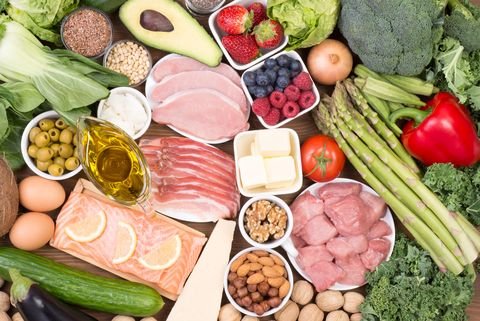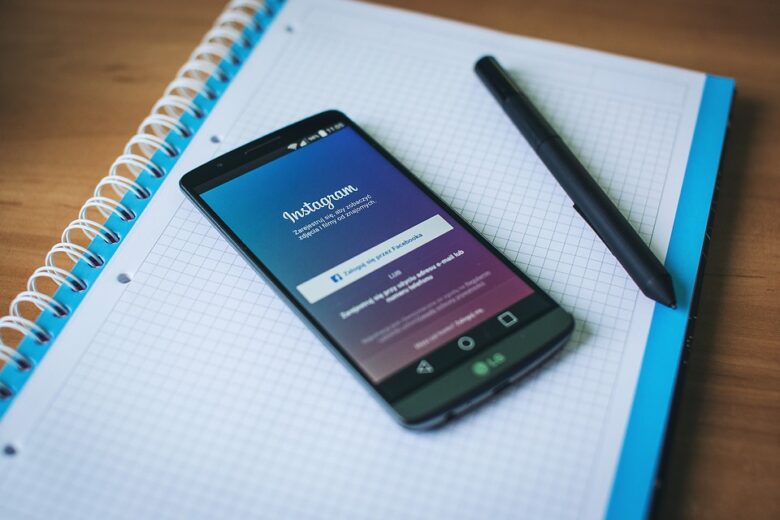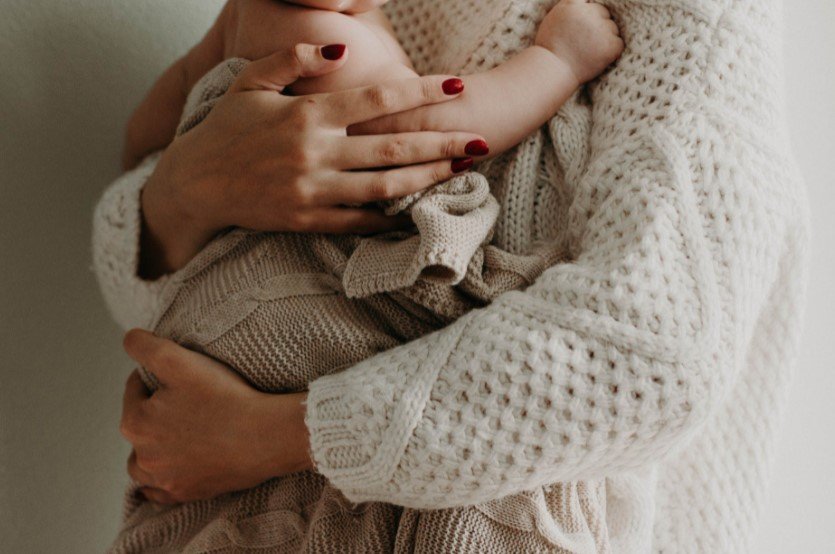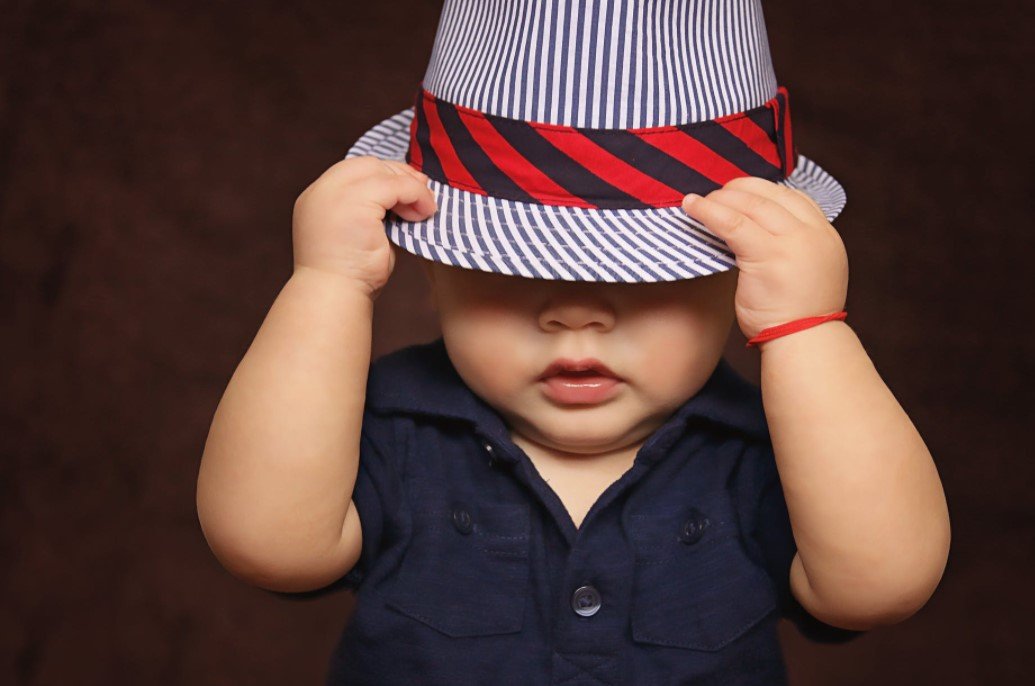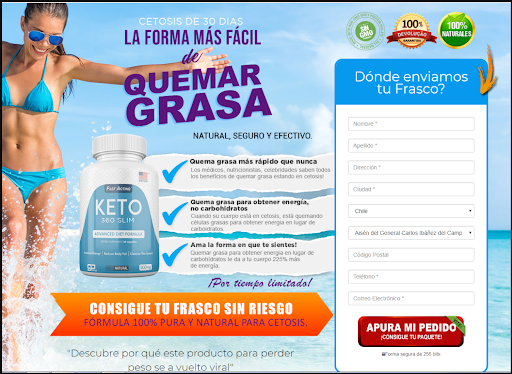Beekeeping Basics: How to Safely Harvest Honey
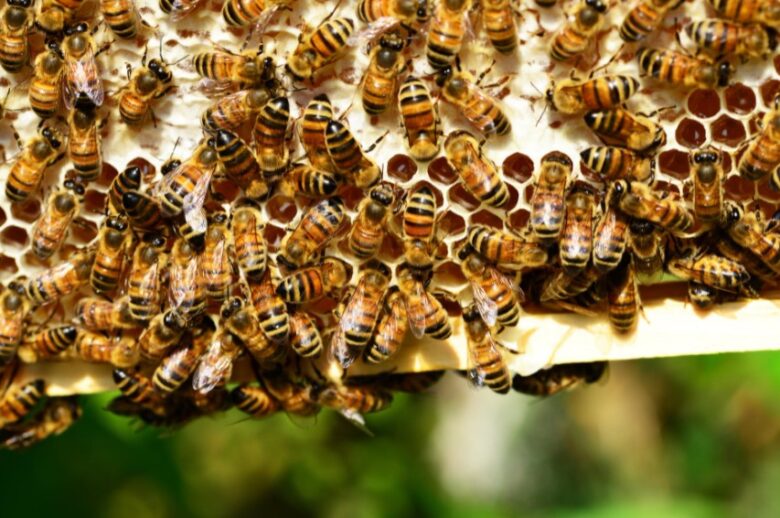
After nurturing bees and they’re already mature, you can go ahead and harvest the honey that has accumulated in the hive. Ensure you know it’s time to go ahead with the harvest first. Before you go ahead with the harvest, you should adhere to certain safety precautions. Also, you should have a good plan of action.
For starters, you should ensure that you have the necessary safety gear. As a beginner, ensure you have elbow-length gloves and wear a hat designed explicitly for apiculture. Also, wear an overall that is bee-proof. The apparel that you wear usually protects the bees and yourself as you go ahead with the harvest. You’ll be safe from any unpleasant encounter.
The steps that you should adhere to as you harvest the honey include:
Open the Hive
Ensure you have a smoker. You’ll then go ahead and approach the beehive. After that, you’ll puff the smoke through the entrance of the beehive. You’ll then remove the inner cover of the hive. You need to utilize a mini-crowbar-style tool to open the hive’s inner cover in such an instance. The main issue is that the bees usually seal the inner cover using propolis, a resin-like mixture that bees collect from the bark of the trees and buds as they pollinate.
Ensure You’ve Removed the Bees from the Hive
As you plan to remove the frame, you need to ensure you’ve gotten rid of the bees from that area. You can use numerous methods, both chemical and mechanical if you want to remove the bees from the hive. You can use a silky, broad, or simply brush. Also, you can use a blower that is electrically powered. After removing the frames that are bee-free, you should set them aside in an empty lidded container. You should then go ahead and take the frames that are honey-laden, and you can go ahead with the extraction process.
Uncap the Honey
After you’re inside the hive, you can go ahead and uncap the honeycomb that is wax-sealed. In such an instance, you should go ahead and use an uncapping knife or a scratcher.
Extract the Honey
Ensure the honey extractor is in place, and you can go ahead and place the frame there. The extractors come in electric or hand-cranked versions. The extractor will spin the frames, and the honey present will go towards the walls of the drums as it drips to the bottom. The drum of the extractor is supposed to have a spigot that will go ahead and release the honey.
Filter the Honey and Bottle It
You should strain the honey using a filter such that you’ll manage to get rid of the debris and the bits of stray wax that are present. After that, ensure the honey has been bottled. You should use a bottle that is clean and sterilized to ensure the honey is not contaminated.
You should know that green is not always good. There is the uncapped nectar, and it is referred to as “green” honey. The green honey usually has a high moisture content such that it is easy for yeast to breed in such an environment. You should know that “green” honey is not safe for consumption. Also, the flavor is not perfect.
Capped honey is the one that has been ripened and cleaned by the bees. It is also ready to eat. The commercial operations will go a step further and ensure the honey has been pasteurized. In most cases, the honey is pasteurized to ensure the lurking yeast has been destroyed. Also, the pasteurized honey has a long shelf life.
Ensure your main focus is on quality and not quantity. In this case, the amount of honey that you have harvested doesn’t matter. However, quality is the key factor to consider. Measure the quality of the honey by observing the flavor, color, and behavior of the bees around.\
You should know there are more than 300 honey varieties. Each variety has been influenced by factors such as plant life, geographical location, soil condition, rainfall, and harvest time. There is the light-golden color and darker honey. The pollen used by the bees will influence the taste and color of the honey.
You can use a digital honey analyzer, and it will help measure the amount of honey that the honey has absorbed. They will then compare everything to the average readings that are present on a standard list.
It is important when harvesting honey that you do it in a way that is safe for you, your bees, and the consumer. Keep these tips in mind when you are looking to harvest your honey, whether it is something you do for a hobby or you are harvesting Manuka Honey for your business. Hopefully you’ll be able to enjoy the fruits of your bees’ labors safely.




